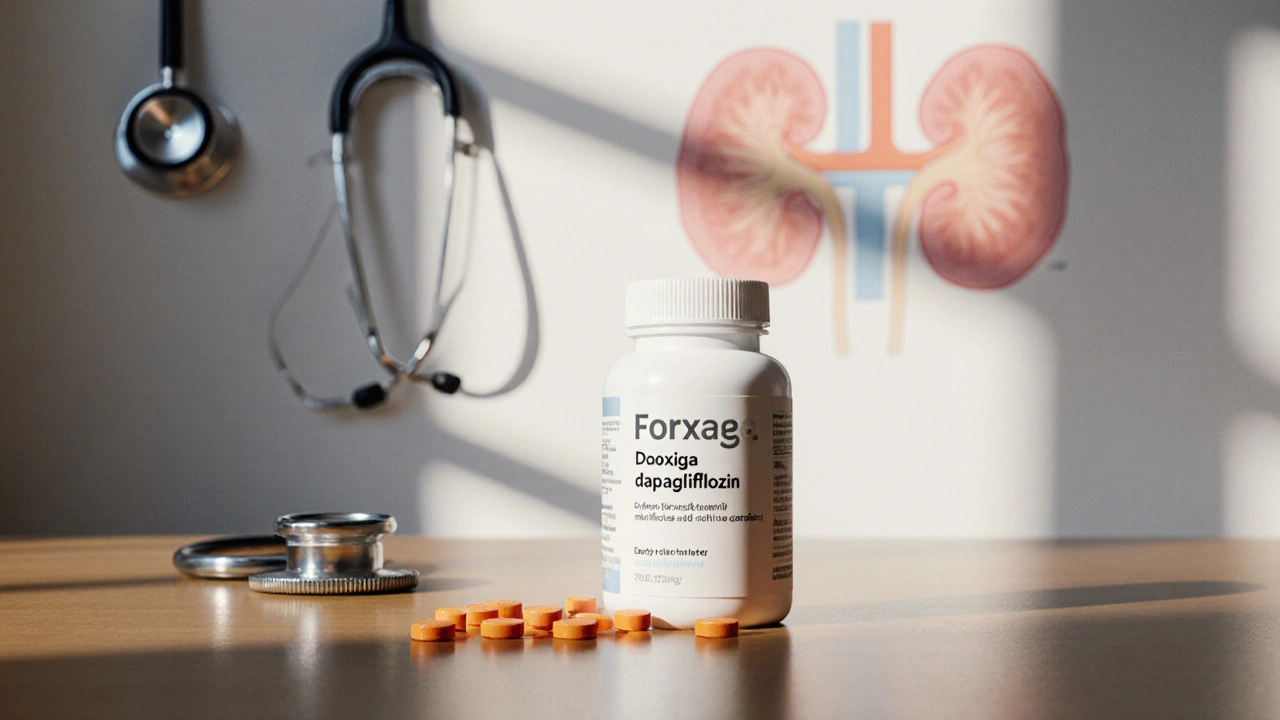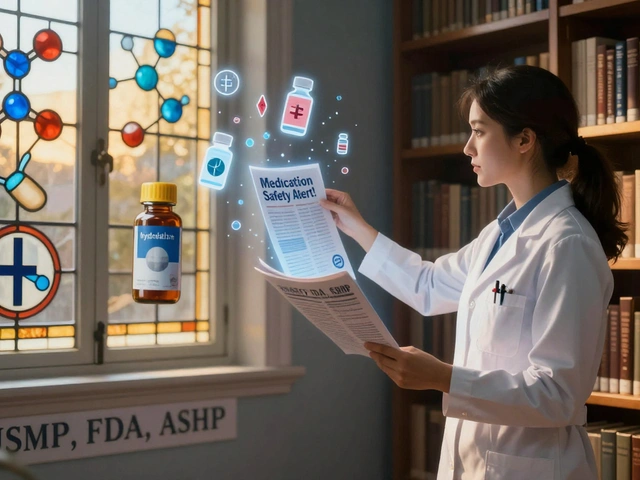Alternative Diabetes Drugs: Options, Comparisons & Choices
When exploring alternative diabetes drugs, medications that provide different mechanisms or benefits compared to classic insulin or metformin therapy. Also known as non‑traditional glucose‑lowering agents, they aim to improve blood sugar control while reducing side effects. These drugs include fixed‑dose combos like Glucovance, a blend of metformin and glibenclamide that tackles insulin resistance and pancreatic secretion together, newer classes such as SGLT2 inhibitors, drugs that let the kidneys dump excess glucose in urine, and injectable GLP-1 receptor agonists, agents that boost insulin release and slow digestion after meals. In simple terms, alternative diabetes drugs broaden the toolbox beyond metformin and insulin, giving patients and doctors more ways to hit target blood sugar levels.
Understanding each option starts with a few key attributes. Glucovance has two clear attributes: a metformin component that reduces liver glucose production and a glibenclamide component that stimulates pancreatic beta cells. Its typical dose range is 500/5 mg to 1000/20 mg, and the main side effects are gastrointestinal upset from metformin and possible low blood sugar from glibenclamide. SGLT2 inhibitors like empagliflozin or canagliflozin work by blocking the sodium‑glucose co‑transporter 2 in the kidney. They lower HbA1c by about 0.5‑1.0 %, may cause mild dehydration, and can lower blood pressure, which is useful for patients with cardiovascular risk. GLP-1 receptor agonists such as liraglutide or semaglutide act on gut hormones to increase insulin after meals, reduce appetite, and often lead to weight loss. They are injected once daily or weekly, can cause nausea at first, but rarely cause low blood sugar unless combined with sulfonylureas. Compared to classic Metformin, these alternatives add benefits like weight loss, blood pressure reduction, or convenient once‑weekly dosing, while also bringing their own monitoring needs.
Who typically reaches for these alternatives? Adults who can’t tolerate metformin’s stomach upset, those who need extra weight loss, or patients with heart or kidney concerns often get a prescription for an SGLT2 inhibitor or a GLP‑1 agonist. People with type‑2 diabetes who need stronger glucose control after trying metformin alone may be switched to Glucovance or added to one of the newer classes. Safety checks—kidney function for SGLT2 inhibitors, thyroid status for GLP‑1 agents, and regular blood‑sugar monitoring for any combo—are essential. The articles below break down cost comparisons, side‑effect profiles, and real‑world tips for each drug class, so you can see which alternative fits your health goals and lifestyle.

Forxiga (dapagliflozin) vs. Alternative Diabetes Medicines - Detailed Comparison
Explore a detailed comparison of Forxiga (dapagliflozin) with top diabetes drug alternatives, covering efficacy, safety, cost, and how to choose the right option.
Read More




